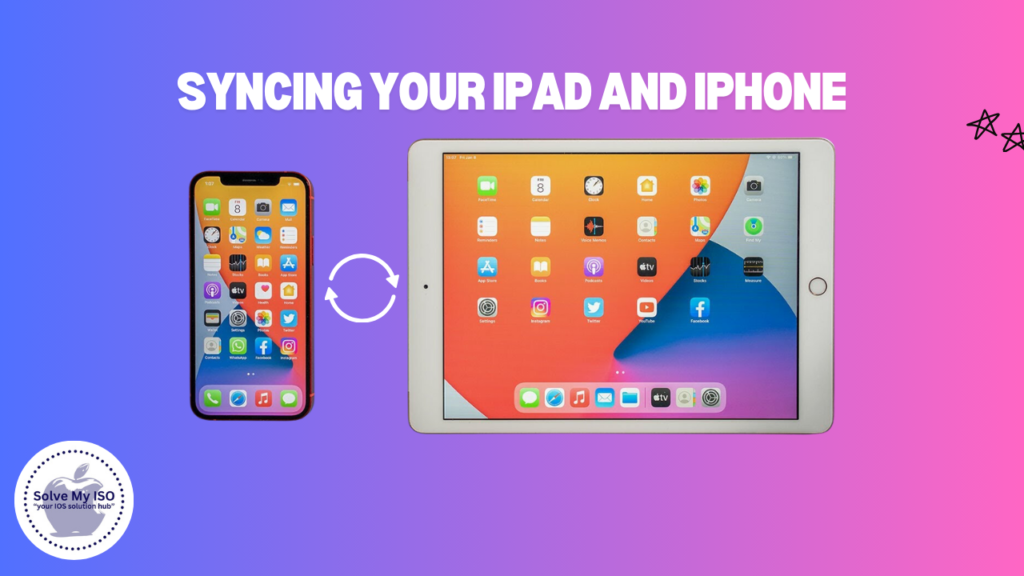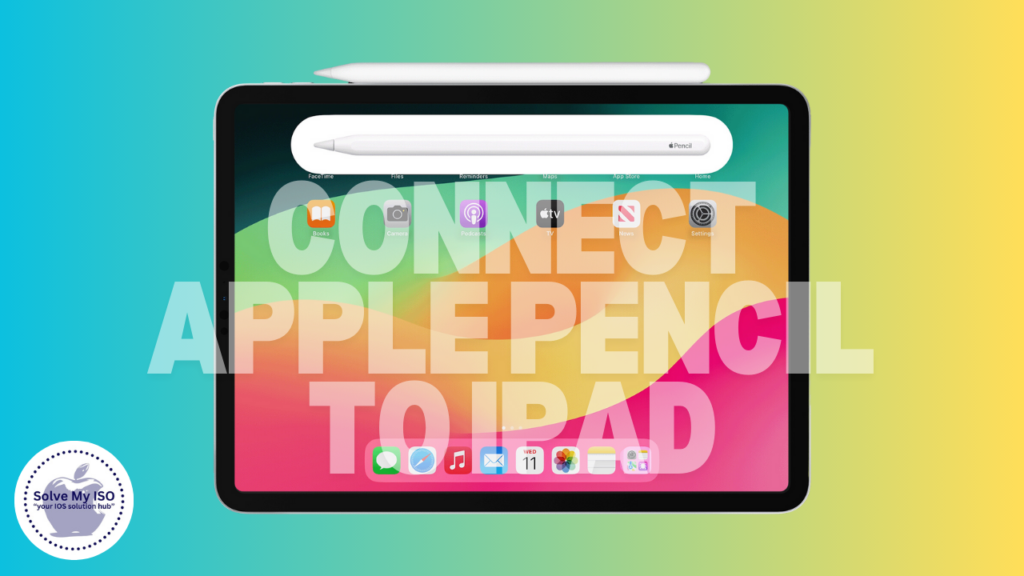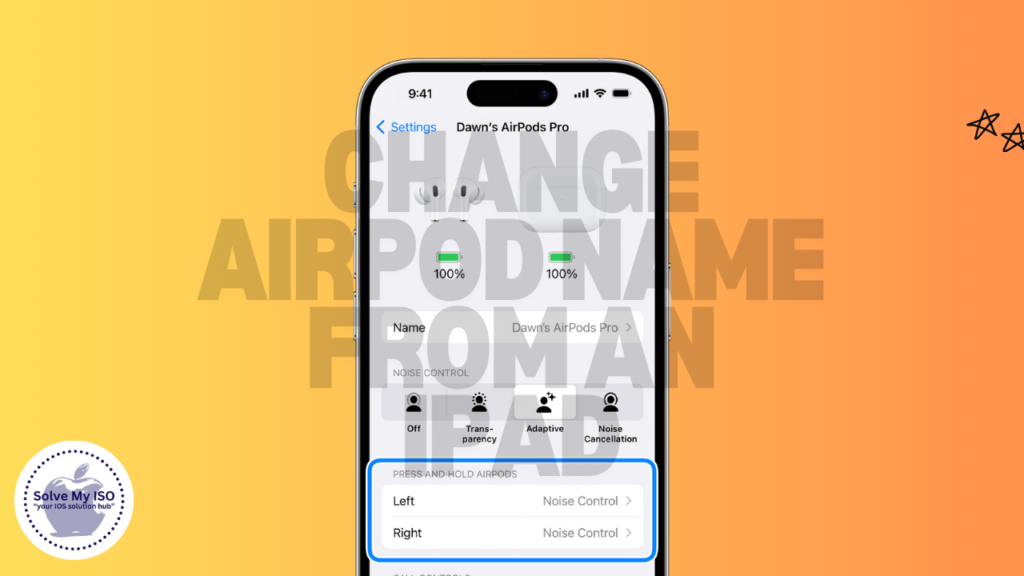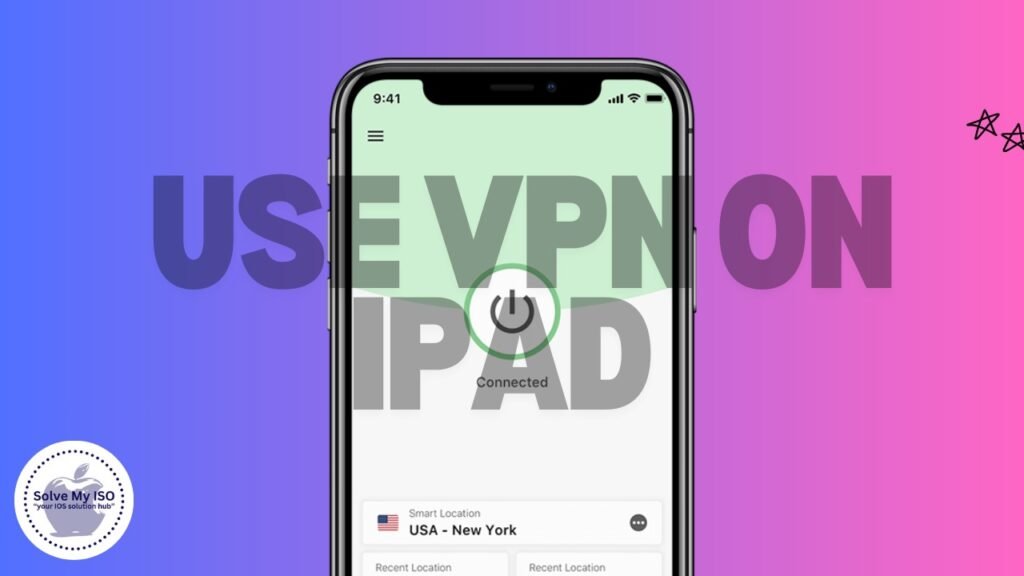
The world today is internet connected and thus, productivity cannot be achieved without synchronization of your data across your devices. Syncing your iPhone with iPad means that you can access seamlessly apps, documents and photos on any device you are using. This guide will explain how to sync iPad with iPhone using iCloud as well as enabling automatic app downloads. In addition, there are frequently asked questions in relation to this matter.
Why Sync iPad with iPhone is Beneficial
Sync iPad with iPhone provides numerous benefits. By syncing these Apple devices, you ensure that your important data such as photos, contacts, messages, and documents is easily accessible on both. This device synchronization not only saves time but also boosts productivity by offering a seamless user experience. Whether you’re switching between your iPad and iPhone, having synchronized data makes your digital life more efficient.
Sync Your iPhone and iPad Using iCloud
iCloud, Apple’s popular cloud storage service, is a powerful tool for syncing and storing data across all your Apple devices. If you’re wondering how to sync your iPhone and iPad using iCloud, follow these easy steps:
1. Ensure Both Devices Are Signed into the Same Apple ID
To effectively sync iPhone with iPad, make sure both devices are logged into the same Apple ID. This step is crucial because iCloud syncs data based on your Apple ID. Also, connect both devices to the same Wi-Fi network for a seamless syncing experience.
2. Access iCloud Settings on Your iPhone or iPad
To begin syncing your iPhone with iPad, first open the Settings app. Tap your name at the top to access Apple ID settings, and then choose iCloud. Get started with syncing devices easily!
3. Choose the Data You Want to Sync
Under “Apps Using iCloud,” you’ll find a list of apps and categories that can be synced via iCloud, such as photos, contacts, calendars, reminders, notes, and more. To sync a specific category, toggle on the switch next to it. For categories like Photos or iCloud Drive, you may need to tap on the category and then toggle on “Sync this iPhone.”
4. Repeat the Process on the Other Device
For seamless syncing across devices, follow these steps on both your iPhone and iPad. Ensure the settings match exactly on both devices to keep everything in sync. By doing so, you’ll maintain consistent and reliable syncing between your iPhone and iPad.
5. Verify Your iCloud Storage
If your data isn’t syncing properly, check if you have sufficient iCloud storage. To do this, go to Settings > [Your Name] > iCloud. Here, you can see how much iCloud storage you’re using. If you’re running low, consider deleting unnecessary files or upgrading your storage plan.
Enable Automatic App Downloads on Your iPad
iCloud syncing makes your data accessible across both your iPhone and iPad, but it doesn’t automatically install apps on your iPad that you’ve downloaded on your iPhone. To simplify this, enable Automatic Downloads on your iPad. This will ensure seamless app synchronization and enhance your user experience. For easy app installation on multiple Apple devices, make sure to adjust your iPad settings for automatic app downloads.
1. Access the App Store Settings on Your iPad
To manage your iPad apps, open the Settings app and navigate to the App Store section. This guide will help you find everything you need to optimize your app experience.
2. Enable Automatic Downloads
To ensure any apps downloaded on your iPhone automatically installs on your iPad, press “Apps” option under “Automatic Downloads“. To have the apps in your phone updated frequently and other device synchronization purposes you should activate “App Updates”. This is necessary for a smooth iOS app integration and effortless Apple devices syncing.
3. Enable the Same Feature on Your iPhone
Follow these steps on your iPhone to ensure apps downloaded on your iPad also install on your iPhone. By syncing devices, you can easily manage and access your favorite apps across both your iPhone and iPad, providing a seamless user experience.
Troubleshooting Common Syncing Issues
Even with the correct settings, many users encounter problems syncing their iPad with iPhone. Discover common iPad and iPhone sync issues and learn effective solutions to fix them for seamless device integration.
1. Update Your Software
Keeping your devices updated is essential for optimal performance. Running outdated software can cause syncing issues on your iPhone or iPad. To prevent these problems, make sure your iPhone and iPad are updated with the latest iOS or iPadOS. You can easily check for updates by going to Settings, then General, and selecting Software Update. Keeping your software current ensures smoother operation and better security for your Apple devices.
2. Check Your Wi-Fi Connection
Ensure that both your iPhone and iPad are connected to the same Wi-Fi network for seamless data syncing. A strong and stable Wi-Fi connection is essential for smooth data transfer between your iPhone and iPad. Optimize your device connectivity for better performance and efficient syncing.
3. Manage iCloud Storage
Optimize your iCloud storage easily by regularly checking your usage. To prevent syncing issues, delete unnecessary files or consider upgrading your storage plan. Keep your iCloud running smoothly with these simple tips for better storage management!
4. Restart Your Devices
Experiencing syncing problems on your iPhone or iPad? Sometimes a quick and easy restart can solve these issues. Restart both your iPhone and iPad to refresh their systems and improve performance.
Conclusion
Syncing your iPhone with your iPad using iCloud and enabling automatic app downloads are crucial steps to ensure that your digital life runs smoothly across multiple devices. By following the detailed steps outlined in this guide, you can easily sync your data, apps, and settings, allowing you to stay productive whether you’re using your iPhone or iPad.
Regularly managing your iCloud storage and ensuring both devices are up-to-date will further enhance your syncing experience. With these tips, you’ll be able to effortlessly switch between your iPhone and iPad, knowing that all your important information is accessible whenever you need it.
For more comprehensive guidance, visit “Solve My iOS.”


